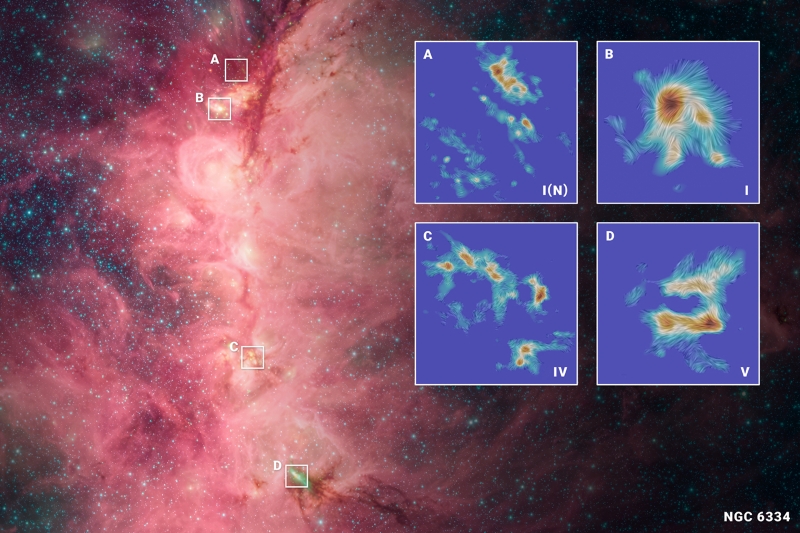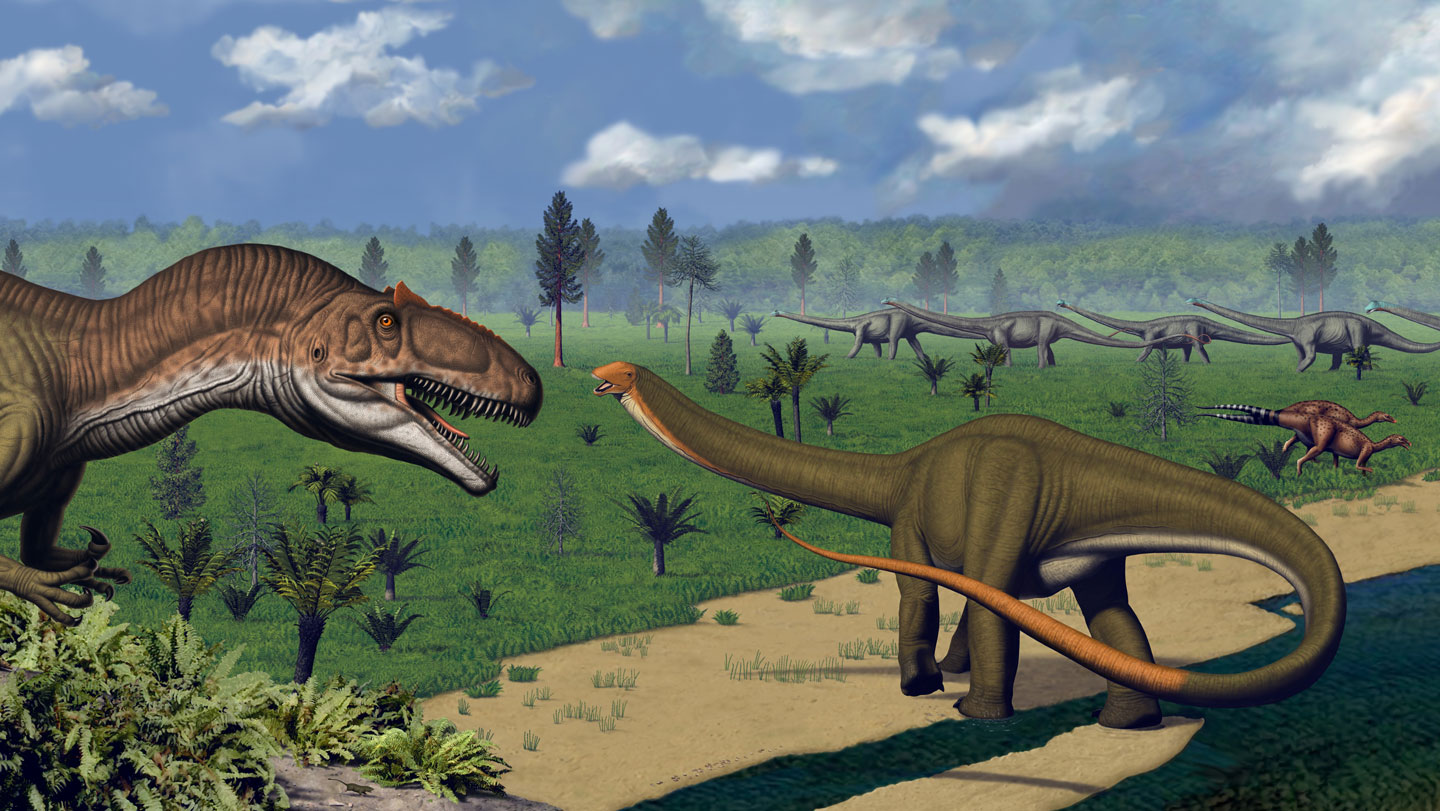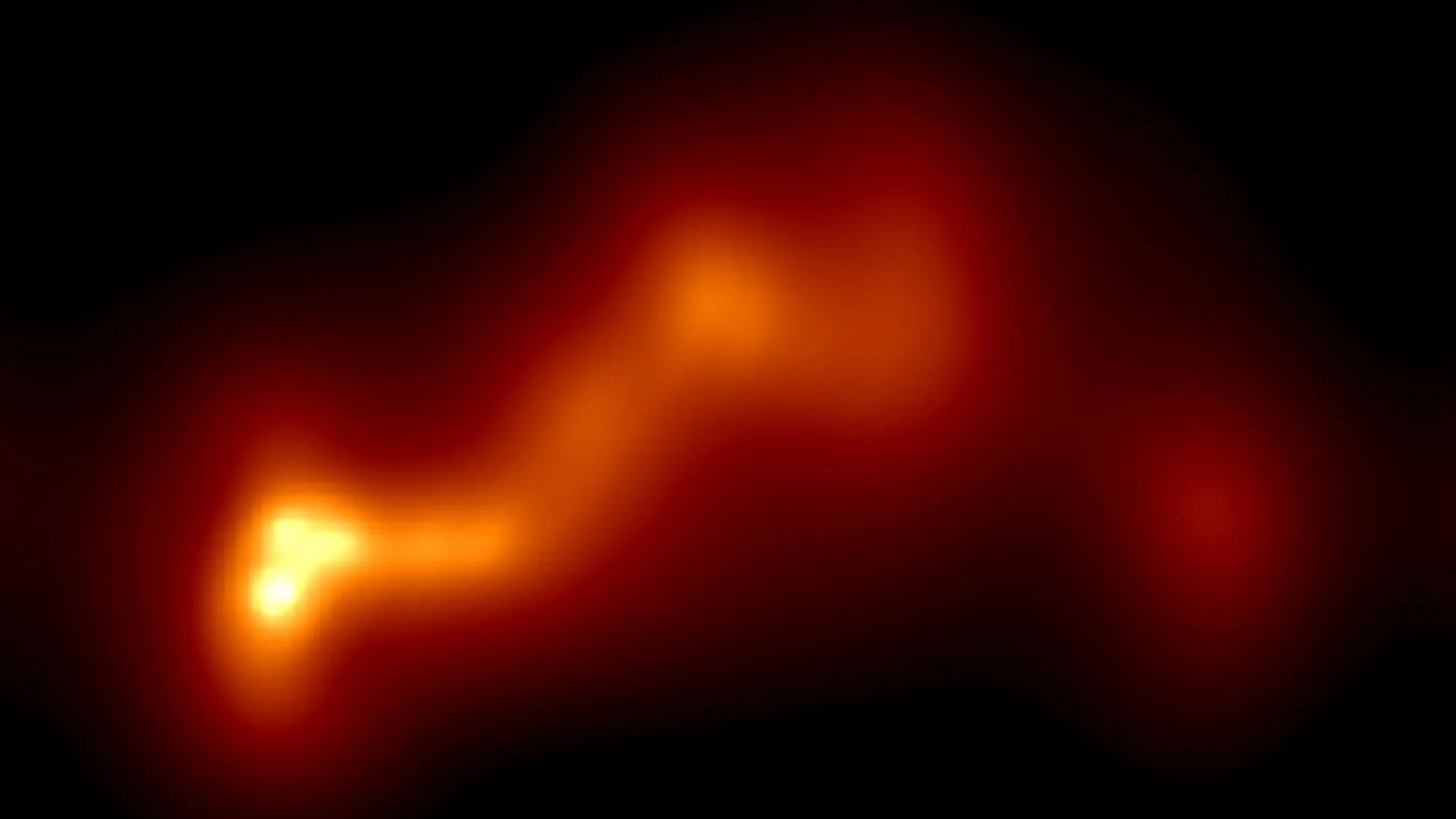This request seems a bit unusual, so we need to confirm that you’re human. Please press and hold the button until it turns completely green. Thank you for your cooperation!
Category: 7. Science
-
Just a moment…
Just a moment… -

why the world is obsessed with sending objects into orbit
SpaceX launched a Tesla Roadster on the first Falcon Heavy launch, but it’s hrady the only unusual object sent into space in recent years. (credit: SpaceX)
by Tony Milligan
Monday, October 13, 2025
Beyond the race for scientific,…
Continue Reading
-

Gravity vs magnetism: Star-forming interaction revealed
This image, taken by NASA’s Spitzer Space Telescope, shows a portion of molecular cloud NGC 6334, popularly known as the Cat’s Paw nebula, around 5,500 light-years away. The overlays show ALMA telescope data of 4 star-forming regions. The… Continue Reading
-

Fossil teeth reveal some dinos were fussy eaters
calcium: A chemical element and alkali metal common in minerals of the Earth’s crust and in sea salt. It is also found in bone mineral and teeth, and can play a role in the movement of certain substances into and out of cells.
carnivore:…
Continue Reading
-

Prevalence, associated factors, and machine learning-based prediction of depression, anxiety, and stress among university students: a cross-sectional study from Bangladesh | Journal of Health, Population and Nutrition
Mental health is a crucial component of overall well-being, encompassing an individual’s psychological, emotional, and social state. Despite its importance, mental health conditions are increasingly prevalent worldwide, particularly among young…
Continue Reading
-

Citizen scientists just discovered the most powerful ‘odd radio circle’ twins in space we’ve ever seen
Citizen scientists have found several new “odd radio circles<” or ORCs, in distant, enormous galaxy clusters — and through their discoveries, scientists are learning more about how these huge ring-like structures form.
ORCs were first…
Continue Reading
-

Earth is getting darker. Here’s why that’s got scientists worried
Earth is getting darker, according to data from NASA satellites, and the results could tell us a lot about how climate change is affecting our planet.
The news of our darkening planet comes from a study that used 24 years’ worth of satellite…
Continue Reading
-

Lab-grown human embryo model creates blood stem cells
Image: © yacobchuk | iStock Cambridge scientists grow ‘hematoids’, embryo-like structures from stem cells that generate blood stem cells after two weeks
Researchers at the University of Cambridge have developed a…
Continue Reading
-

Innovative 3D printing process for metals and ceramics
Additive Manufacturing
3D Printing Process Enables Materials to Grow
Source:
EPFL |…
Continue Reading
-

A telescope larger than Earth just revealed the hidden heart of a mysterious galaxy
For more than a century and a half, astronomers have been captivated by the distant galaxy OJ 287, located about five billion light years from Earth. Its puzzling variations in brightness have long hinted that two enormous black holes may be…
Continue Reading